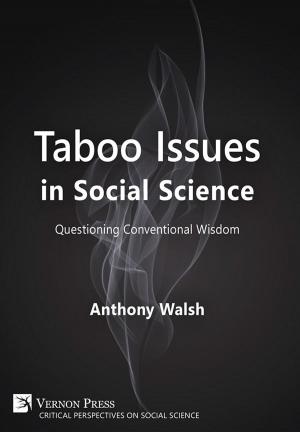Einstein for Anyone: A Quick Read [2nd Edition]
A concise but up-to-date account of Albert Einstein's life, thought and major achievements
Biography & Memoir, Historical| Author: | David Topper | ISBN: | 9781622730421 |
| Publisher: | Vernon Art and Science Inc. | Publication: | December 19, 2016 |
| Imprint: | Vernon Art and Science Inc. | Language: | English |
| Author: | David Topper |
| ISBN: | 9781622730421 |
| Publisher: | Vernon Art and Science Inc. |
| Publication: | December 19, 2016 |
| Imprint: | Vernon Art and Science Inc. |
| Language: | English |
but up-to-date story of his life and thoughts, with a short and simple explanation of what he contributed to 20th century physics.
Here is the compact story of this famous scientist, from the smiling contrarian in his grade school picture to the nonconformist adult who refused to groom his hair.
There is a chapter on his habitually thorny relationships with women and close relatives: his first love, his two wives, his parents and his children – none of which was a painless union. The birth of an illegitimate daughter, the estrangement of his sons after the divorce from his first wife, his ever controlling mother – all had a profound psychological effect on Einstein’s personality.
Another chapter focuses on the young Jew struggling with his self-identify, who in adulthood was unwaveringly committed to social justice and democratic principles that he believed were rooted in Jewish ethical values. It started with his early flirtation with Orthodox Judaism, only to be vehemently rejected later when he became a science-obsessed teenager. His exposure to latent and overt anti-Semitism when he moved to Germany in 1914 led to his subsequent espousal (with misgivings) of the Zionist movement. When he moved to the USA in 1933 fleeing Nazi Germany, he was confronted with the endemic racism against African-Americans, an issue he spoke-out boldly against, as a supporter of the burgeoning civil rights movement. This work ignited the ire of FBI Director J. Edgar Hoover, who had already opened a file on Einstein in 1932, because of his pacifist activities in Germany. When he moved to America, Hoover suspected him of being a Communist spy.
Finally, there is the scientist who expressed his ideals through his radical ideas about the physical world, as he reworked our conceptions of space, time, and motion. The result was a new cosmic model of the universe that is still being developed further today. His commitment to an ordered and predictable universe was ultimately expressed in his final (but still unfulfilled) quest for a theory that unifies the forces of nature, what he called his unified field theory.
but up-to-date story of his life and thoughts, with a short and simple explanation of what he contributed to 20th century physics.
Here is the compact story of this famous scientist, from the smiling contrarian in his grade school picture to the nonconformist adult who refused to groom his hair.
There is a chapter on his habitually thorny relationships with women and close relatives: his first love, his two wives, his parents and his children – none of which was a painless union. The birth of an illegitimate daughter, the estrangement of his sons after the divorce from his first wife, his ever controlling mother – all had a profound psychological effect on Einstein’s personality.
Another chapter focuses on the young Jew struggling with his self-identify, who in adulthood was unwaveringly committed to social justice and democratic principles that he believed were rooted in Jewish ethical values. It started with his early flirtation with Orthodox Judaism, only to be vehemently rejected later when he became a science-obsessed teenager. His exposure to latent and overt anti-Semitism when he moved to Germany in 1914 led to his subsequent espousal (with misgivings) of the Zionist movement. When he moved to the USA in 1933 fleeing Nazi Germany, he was confronted with the endemic racism against African-Americans, an issue he spoke-out boldly against, as a supporter of the burgeoning civil rights movement. This work ignited the ire of FBI Director J. Edgar Hoover, who had already opened a file on Einstein in 1932, because of his pacifist activities in Germany. When he moved to America, Hoover suspected him of being a Communist spy.
Finally, there is the scientist who expressed his ideals through his radical ideas about the physical world, as he reworked our conceptions of space, time, and motion. The result was a new cosmic model of the universe that is still being developed further today. His commitment to an ordered and predictable universe was ultimately expressed in his final (but still unfulfilled) quest for a theory that unifies the forces of nature, what he called his unified field theory.
![Cover of the book Einstein for Anyone: A Quick Read [2nd Edition] by David Topper, Vernon Art and Science Inc.](https://www.kuoky.com/images/2016/december/500x500/9781622730421-jEfG_500x.jpg)


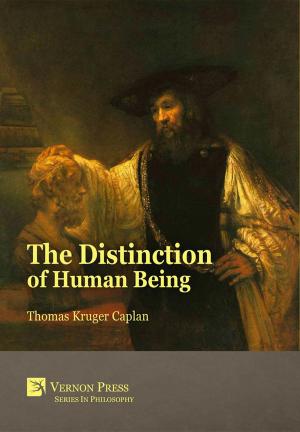
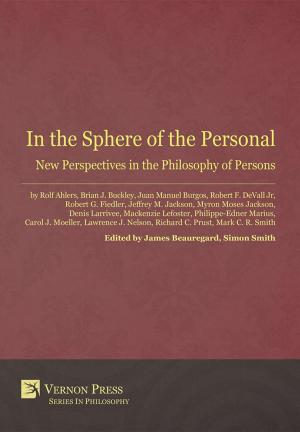

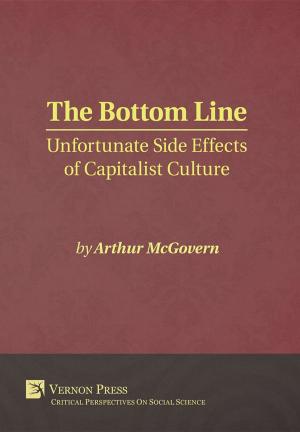

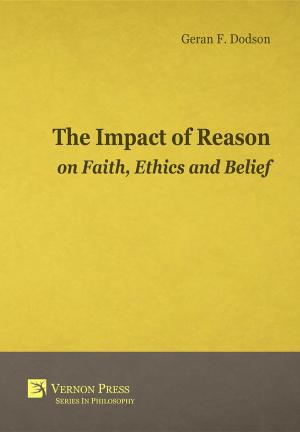


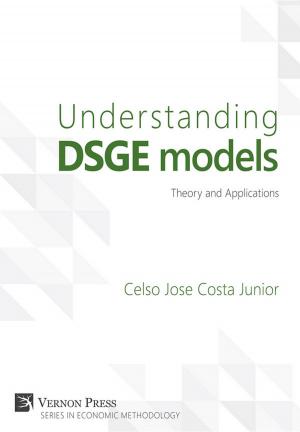


![Cover of the book On the Principles of Social Gravity [Revised edition] by David Topper](https://www.kuoky.com/images/2018/march/300x300/9781622733972-B9zI_300x.jpg)
